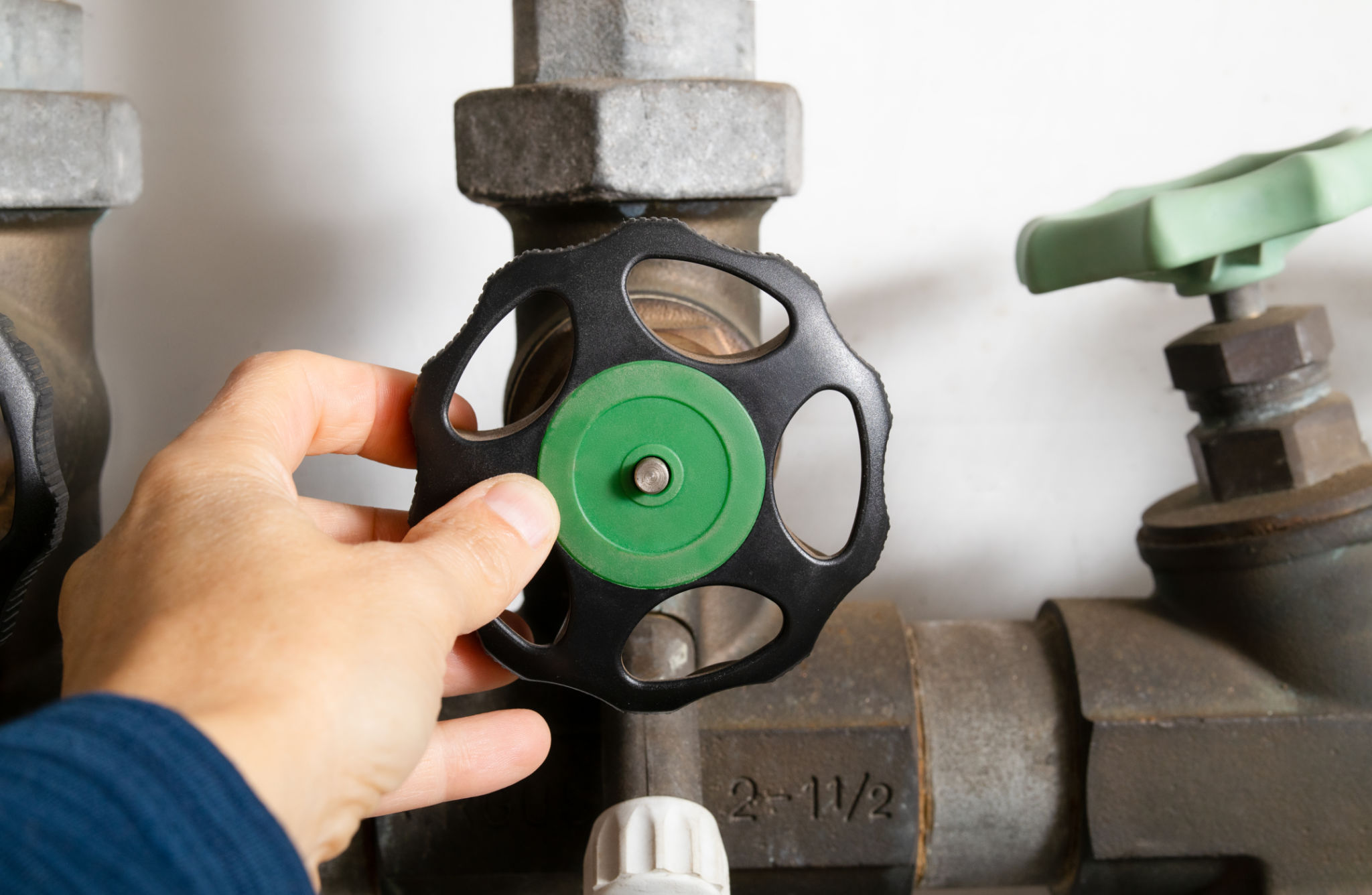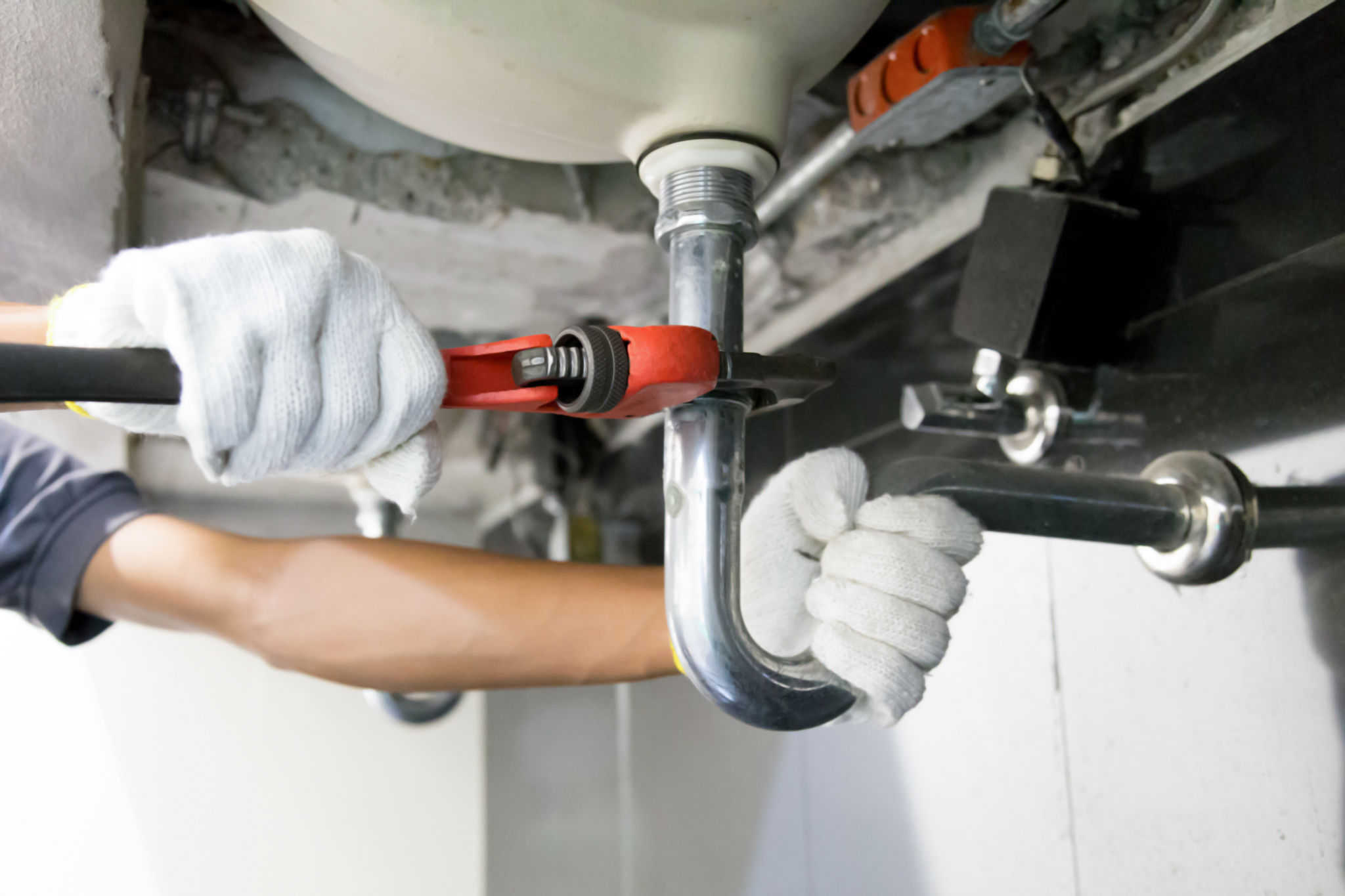DIY Tips for Maintaining Your Backflow Valve
Understanding the Importance of Backflow Valves
Backflow valves are crucial components in your plumbing system, designed to prevent contaminated water from flowing back into your clean water supply. Regular maintenance of these valves is essential for ensuring that your water remains safe and uncontaminated. Neglecting this maintenance can lead to serious health issues and costly repairs.
While you might think that maintaining a backflow valve requires professional intervention, there are several DIY tips you can follow to keep your system in top shape. Not only will this save you money, but it will also give you the satisfaction of knowing your home’s water system is secure.

Identifying the Signs of a Faulty Backflow Valve
Before diving into maintenance, it's crucial to recognize the signs of a failing backflow valve. Common indicators include unusual water pressure, discolored water, and strange noises coming from your plumbing system. If you notice any of these symptoms, it may be time to inspect your backflow valve.
Regular inspections can help you spot these issues early, preventing more significant problems down the line. Make it a routine to check your backflow valve at least twice a year.
Tools and Materials You'll Need
Maintaining your backflow valve requires some basic tools and materials. Here's a list to get you started:
- Wrench
- Screwdriver
- Cleaning brush
- Replacement rubber gaskets
- Plumber's tape

Step-by-Step Guide to Maintaining Your Backflow Valve
1. Shut Off the Water Supply
Before beginning any maintenance work, ensure that the water supply is turned off. This will prevent any accidental spills or further contamination while you're working on the valve.
2. Inspect and Clean the Valve
Once the water is off, remove any dirt or debris from around the valve. Use a cleaning brush to thoroughly clean the valve itself. This step is essential for ensuring that nothing obstructs the valve's operation.

3. Check for Wear and Tear
Inspect the backflow valve for any signs of wear, such as cracks or corrosion. Pay particular attention to the rubber gaskets, as these can degrade over time. If you notice any damage, replace these components immediately to maintain the integrity of your plumbing system.
Reassemble and Test
After cleaning and inspecting the valve, carefully reassemble it, ensuring all parts are correctly aligned and secured. Use plumber's tape on any threaded connections to prevent leaks.
Once reassembled, turn the water supply back on and test the system. Check for leaks and ensure that the valve functions properly by observing the water pressure and quality.
When to Call a Professional
While these DIY tips are effective for regular maintenance, there may be times when professional intervention is necessary. If you encounter persistent issues or are unsure about any aspect of the maintenance process, don't hesitate to reach out to a licensed plumber.
A professional can provide a thorough inspection and repair service, ensuring your backflow prevention system is functioning optimally.

By following these steps, you can confidently maintain your backflow valve and protect your home's water supply. Regular upkeep will not only prolong the life of your plumbing system but also provide peace of mind knowing that your water is safe from contamination.